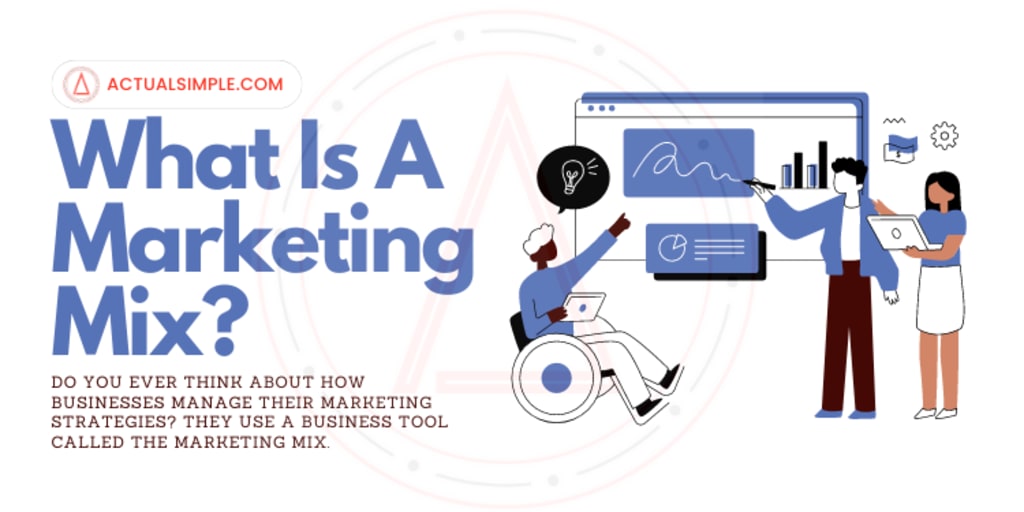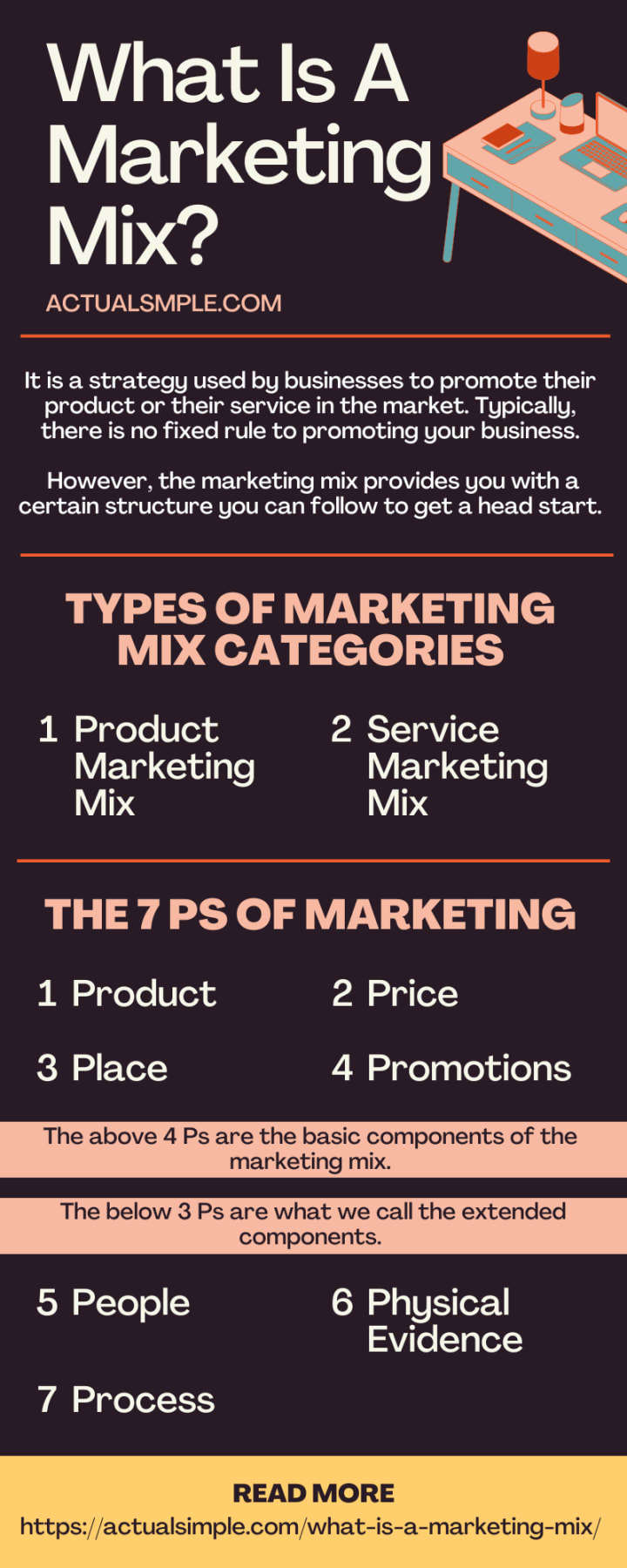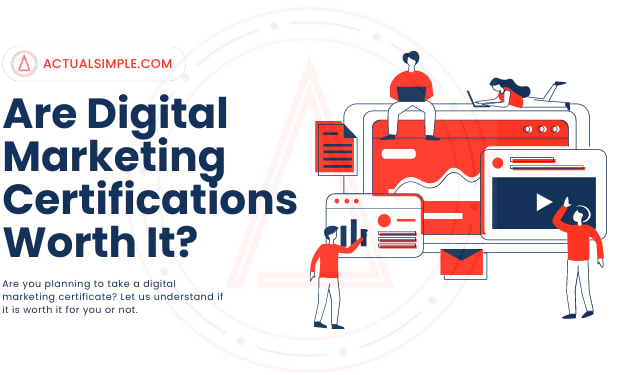What Is A Marketing Mix?
Do You Ever Think About How Businesses Manage Their Marketing Strategies? They Use A Business Tool Called The Marketing Mix.

Do you ever think about how businesses manage their marketing strategies? There are various methods to build a marketing strategy that can help meet your client’s needs. One of the major business tools to do this is a marketing mix.
So, what is a marketing mix?
It is a strategy used by businesses to promote their product or their service in the market. Typically, there is no fixed rule to promoting your business. However, the marketing mix provides you with a certain structure you can follow to get a head start.

What Is A Marketing Mix?
Marketing mix under marketing theory has been since 1984. You can find references and theoretical concepts in various books and theses. From its earlier definitions, it is defined as a set of marketing tools that a business uses to promote and fulfill its marketing objectives. It solely focuses on the marketing aspect of the business that can upscale the entire business in terms of profit and return on investment.
There are mainly two types of marketing mix categories.
1. Product Marketing Mix
This includes the businesses that use the marketing mix method to promote their “product”. This is for product-based companies. An example would be Apple Inc. It is a product-based company. So, they would want to promote their products such as MacBook, iPhone, iPad, and much more. In this case, their entire strategy would be to promote a product to a target audience.
2. Service Marketing Mix
This includes the businesses that use the marketing mix method to promote a service they are providing. Their product includes the aspect of service as well. So, we need to extend the idea and present more variables. An example would be PayPal. It is a payment product along with providing a service to its customers.
Marketing mix as a business tool revolves around 4 essential components. We call them the 4 Ps of marketing. These are product, price, place, and promotions. Now, there have been additions to these 4 Ps as well. Over the years, there has been an addition of 3 more Ps: People, Physical Evidence, and Process.
Let us understand these components in detail.
Components Of Marketing Mix: The Ps Of Marketing
1. Product
Product is what you provide to your customers as per their needs. It can be either a tangible product or an intangible product like a service. When it comes to a product, what do you actually plan for this? You may decide on the product type, packaging, branding, warranty, after-purchase service, and much more.
For example, a tangible product may be a laptop. You can decide on the branding and packaging. You can decide what features it should carry. The strategy would also include what services the customer would get. You can also cover warranty and replacement policies under this.
For any intangible product like a web hosting service for example. You can decide on what features and durations you provide. Branding, packaging, and labeling don’t come into play for any intangible product. The more important aspect is how you deliver and how well you serve after the service is purchased by the customer.
2. Price
Price is simply the amount you are selling your product for. Price can vary on a lot of factors. Businesses usually study the competitors before deciding the price range for their products. It would also include building a strategy for discounts and offers throughout a given period of time.
One major aspect that businesses need to build a strategy on is the payment method. Most businesses would want major payment platforms for their customers. To add to it, they work on many offers through these various platforms. This also adds to the competitiveness of the market.
3. Place
Place refers to the strategy you have to ensure the product reaches your customer. For tangible products, you need to ensure a proper distribution channel along with proper checkpoints. The other aspect to consider is that the product is available for every far away location for a better customer experience. It includes building a strategy around logistics, warehouses, transportation, and much more. The alternative option to distribute your product is a franchise which only successful businesses can offer. A new business franchise is not something other businesses are interested in.
Distribution plays an important role in your business revenue. You would want to distribute the product with minimal charges to maximize your profits. Even a single change in your charges may affect your profit margins exponentially.
4. Promotions
Now as a business, you have done all the above 3 Ps. You have built your product, set the pricing strategy, and decided how to distribute it to your customers. Now, here comes the most important element of your business strategy: Promotions! No point in building a great product if no one knows it exists. You need to now promote it to your target audience.
The first step is to decide your target audience. You won’t promote a home loan scheme to a toddler. So, decide your target audience as per your product. For example, you would want to target a laptop product to students and people above their age. Promoting a product can be done through various means. You can use digital advertising on social media platforms, direct sales, or maybe even hire a marketing agency to do it for you. The platforms may vary. However, you just need to decide what needs to be communicated for better customer response. This is where marketing agencies are experts. They can help you promote your product in an innovative manner.
The above 4 Ps are the basic components of the marketing mix.
The below 3 Ps are what we call the extended components.
5. People
Now this is one interesting aspect of running any business. People refer to the psychology of the customer. You need to understand what the customer wants. This is where you research trends, and people’s behavior. This is important as your product needs to be aligned with the customer’s needs. No customer would buy a product that is not adding value to their life. Your product needs to complement their lives.
It also includes interaction between your business and your customers. This can elevate the customer experience and help you upscale your business. This is evident from the fact that people like businesses with good customer service. This is what helps them build trust with you. Moreover, when people buy from you, they are actually buying from your representatives. Your representatives are the product themselves.
6. Physical Evidence
This is the non-human element of your business. This may refer to the furniture, equipment, and facilities. Some aspects of physical evidence provide lasting proof that the service has occurred, such as souvenirs, mementos, invoices, and other liveries of artifacts. It also refers to the physical environment where the service takes place which includes interior design, color schemes, and layout.
Imagine you have a cinema hall. If you provide good interior design, furniture, and other facilities, you can have an edge over other competitors. This is what physical evidence is all about.
7. Process
The process refers to a set of tasks that you will perform to complete your service. The service can be your tangible or intangible product. For example, if you are working in a cinema theatre. The process may be the delivery of your food products. It would start with taking an order, processing the payment, and finally delivering the food.
The process includes all the employees who are responsible for performing a set of actions to deliver to the customer what they have asked for. Process plays an important role in customer satisfaction and differentiates you from others. This is quite obvious. If you go to a food outlet, you would want good service and not just good taste in food. Thus, the process is quite important for any business.
All the above are the 7 Ps of the marketing mix. There are more detailed aspects under each component. You can also find certain courses on marketing that includes traditional and digital marketing mix theory and case studies. However, it is out of the scope of the article and would make the entire article too long. Most businesses work on these 7 Ps of the marketing mix to ensure the customers are satisfied and the business is in profits.
Previous Post:
About the Creator
Enjoyed the story? Support the Creator.
Subscribe for free to receive all their stories in your feed. You could also pledge your support or give them a one-off tip, letting them know you appreciate their work.





Comments
Test is not accepting comments at the moment
Want to show your support? Send them a one-off tip.